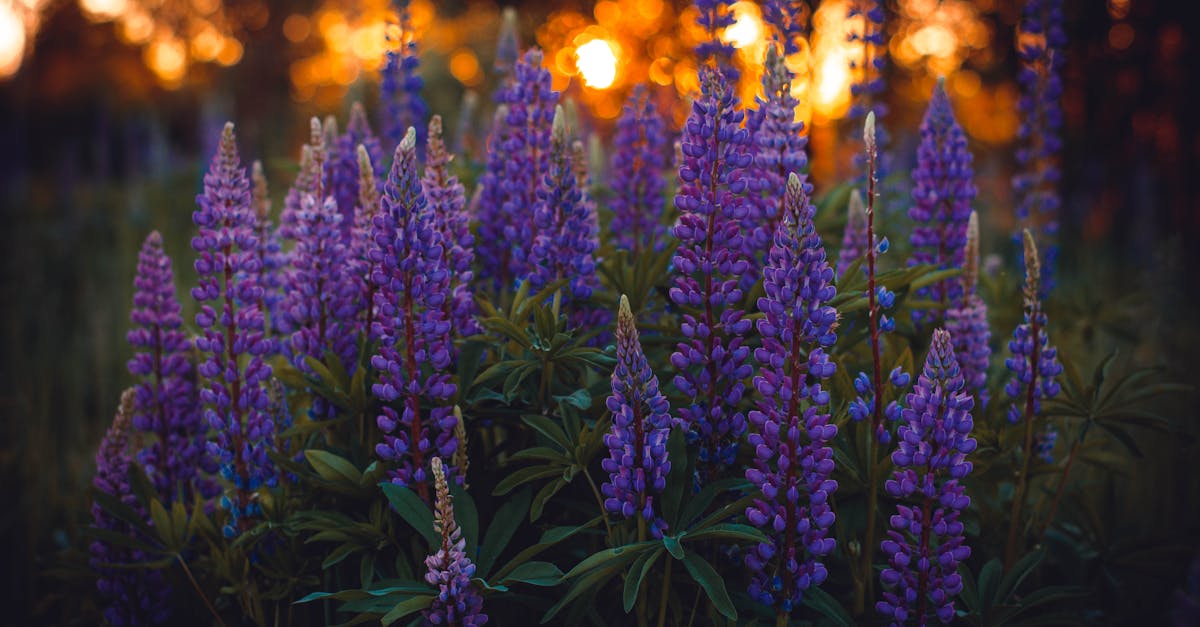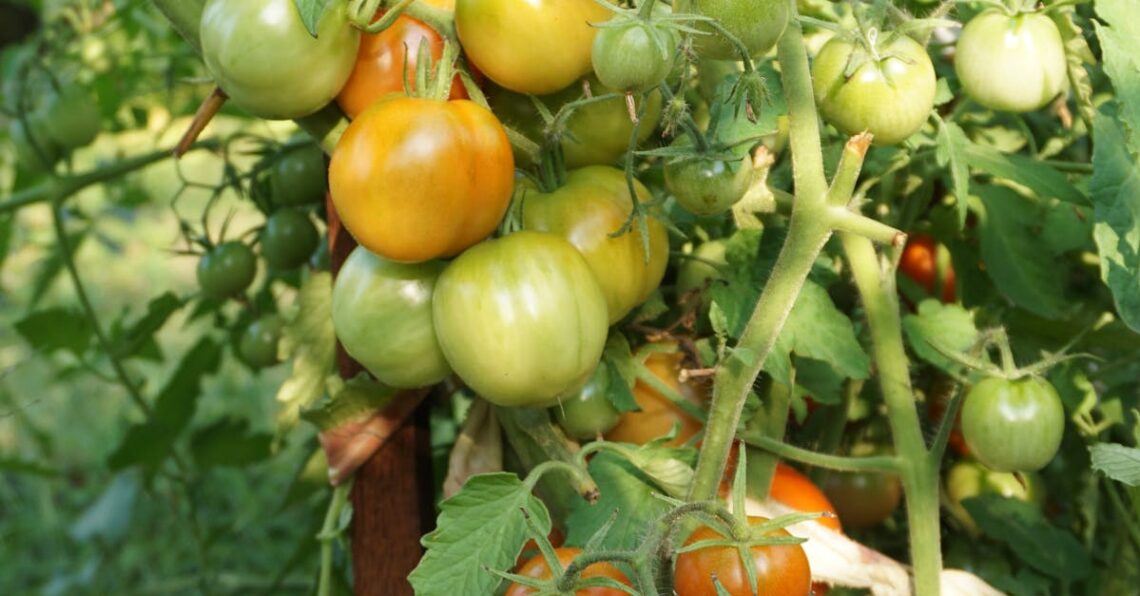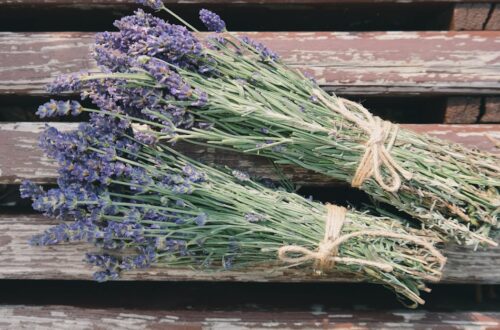Growing lupine from seed is a rewarding endeavor that not only enhances your garden’s visual appeal but also contributes to the local ecosystem. This perennial plant, famous for its vibrant blooms and impressive foliage, thrives in various conditions, making it a favorite among gardeners. In this guide, we will explore the essential steps to successfully grow lupine from seed, ensuring you achieve a stunning display of color and resilience in your garden.
Understanding Lupine
Lupine is a vibrant and hardy plant belonging to the Leguminosae family, renowned for its showy flowers and ability to enhance soil quality through nitrogen fixation. Originating from diverse environments, the key to successfully growing lupine from seed lies in understanding its unique botanical characteristics. Known for their palmate leaves and tall flowering spikes, lupines thrive in well-drained soil and full sunlight. These perennials often grow between one to four feet tall, offering a colorful display that attracts pollinators. By choosing the right conditions and proper care, gardeners can enjoy their lush beauty and the benefits they bring to the ecosystem.
Botanical Characteristics
Lupines exhibit distinct features such as rich green leaves and vibrant flowers, available in hues ranging from blue to purple and yellow. Their taproots allow them to access nutrients and drought resilience, making them ideal for diverse climates.
Types of Lupine
There are over 200 species of lupine, with popular varieties including Silky, Arctic, and Texas Bluebonnet. Each type showcases unique traits, tailored for varying conditions, and preferences, enhancing any garden.

Preparing to Plant Lupine Seeds
Before diving into growing lupine from seed, proper soil preparation is essential. Lupines thrive in well-draining soil, which can be improved by mixing in compost to enhance nutrient content and support growth. Aim for a pH level between 6.0 and 7.0 for optimal results. Additionally, testing soil moisture is crucial; lupines prefer slightly moist conditions, particularly after germination. Choosing the right location is just as important. Select a site that gets full sun, as lupines require at least six hours of sunlight per day. A spot that shields them from strong winds ensures better establishment, making them more resilient as they grow. Together, these steps will set the stage for vibrant lupines!
Soil Preparation
Start by testing your soil’s pH and amend with compost to improve drainage and nutrient levels.
Choosing the Right Location
Select a sunny area with good air circulation, protecting the seedlings from harsh winds.

Sowing Lupine Seeds
When sowing lupine seeds, understanding the method is crucial for success. Direct sowing is often preferred in well-draining soil, allowing seeds to establish in their destined environment. Conversely, starting indoors can offer controlled conditions for tender seedlings, ideal for regions with shorter growing seasons. Whichever method you choose, ensure seeds are sown in warm temperatures for optimal germination.
For planting depth, aim for about an inch below the soil surface, ensuring reliable moisture retention. Spacing is equally important—place seeds 12-18 inches apart to promote adequate airflow and growth. Armed with this knowledge, you’re well-prepared for growing lupine from seed and enjoying their vibrant blooms in your garden!
Direct Sowing vs. Starting Indoors
Choosing between direct sowing and starting indoors hinges on regional climate and personal gardening goals. Direct sowing directly places seeds into the garden bed, preferable in suitable climates where frosts are minimal. Alternatively, starting indoors gives you a jump on the growing season, particularly for cooler gardens.
Optimal Planting Depth and Spacing
The best practice for lupine seeds is to plant them about one inch deep in the soil, ensuring even moisture. Additionally, spacing seeds 12 to 18 inches apart fosters healthy growth by preventing overcrowding and enhancing airflow.

Caring for Lupine Plants
Caring for lupine plants is essential for their vibrant blooms. Start with consistent watering – lupines prefer moist soil but not soggy conditions. Well-drained soil is crucial; consider amending it with compost for nutrients. Fertilize gently with a balanced product to nourish young plants without overwhelming them. Regularly monitor for weeds, which compete for nutrients and moisture. Hand-pulling is effective, but also consider mulching to reduce weed growth. Pest control is equally important; common invaders include aphids and slugs. Inspect plants weekly and use organic solutions when possible, such as neem oil or insecticidal soap. By mastering these care techniques, you’ll ensure your lupines thrive beautifully in your garden.
Watering and Fertilization
To promote healthy growth, ensure your lupine plants are adequately watered, maintaining moist yet well-drained soil. Fertilize sparingly, focusing on balanced nutrients to support their development.
Weed and Pest Control
Weed management is vital; regular inspections and organic solutions can help manage pest issues effectively. Consider using mulch for weed suppression and monitor for common pests.

Common Challenges in Growing Lupine
Growing lupine may come with certain challenges, particularly if soil conditions are not ideal. Lupines prefer well-drained soil rich in organic matter. Poorly drained or compacted soils can lead to stunted growth and root rot. To enhance soil quality, consider mixing in compost and ensuring proper drainage.
Additionally, pests and diseases can threaten healthy lupine plants. Aphids and root rot pathogens are common culprits. Regularly monitoring your plants and applying organic pesticides can mitigate these issues. A proactive approach is essential; ensure your lupines are healthy to thrive despite potential setbacks. By addressing soil and pest concerns, you pave the way for a vibrant lupine garden.
Dealing with Poor Soil Conditions
To ensure healthy lupine growth, enriching the soil with organic matter is crucial. Test your soil’s drainage to avoid root complications.
Managing Pests and Diseases
Regular inspection for pests like aphids can help in early intervention. Consider organic solutions to maintain plant health.

Harvesting Lupine Seeds
Harvesting lupine seeds is essential for ensuring the vitality of future plants. The optimal time to harvest is when the seed pods turn brown and dry but before they burst open. Generally, this occurs in late summer to early fall. Carefully cut the pods from the plant, ensuring to handle them gently to prevent damage. Once harvested, it’s crucial to store the seeds properly. Place them in a cool, dark location within an airtight container. This will preserve their viability, allowing for successful planting next season. Remember, quality seeds harvested at the right time can significantly influence your success in growing lupine from seed. Keep a lookout for signs of maturity to maximize your harvest!
When and How to Harvest
Identifying the perfect time for harvesting lupine seeds is crucial. Wait until seed pods are fully developed and have dried out. Carefully cut them off the stem to prevent scattering.
Storing Seeds for Future Use
To ensure your lupine seeds remain viable, store them in a cool, dry space inside an airtight container. This practice enhances longevity and prepares them for the next planting season.

Expanding Your Lupine Knowledge
Expanding your knowledge about lupines enhances your gardening experience. Start by researching reliable online resources and books focused on growing lupine from seed. Educational websites often provide valuable tips and soil preparation techniques, while gardening books can offer in-depth insights into lupine varieties and care. As you deepen your understanding, experiment with different planting methods and observe which yields the best results. Your local extension service may also offer workshops and guides tailored to your region’s climate, ensuring success in your gardening endeavors. Remember, the more you learn, the more vibrant your garden will become!
Resources and Further Reading
Delve into resources like gardening magazines, online forums, and botanical websites. These platforms can offer various tips that align with your gardening zone and lupine types.
Community and Gardening Groups
Joining local gardening clubs or online communities can provide support and inspire new techniques. Sharing experiences with fellow gardeners can enhance your journey and grow your passion for lupines.

Conclusion
In conclusion, growing lupine from seed can transform your garden while offering a simple yet fulfilling gardening experience. By following the steps outlined in this guide, you will cultivate beautiful and resilient lupine plants, enriching your outdoor space for years to come.






